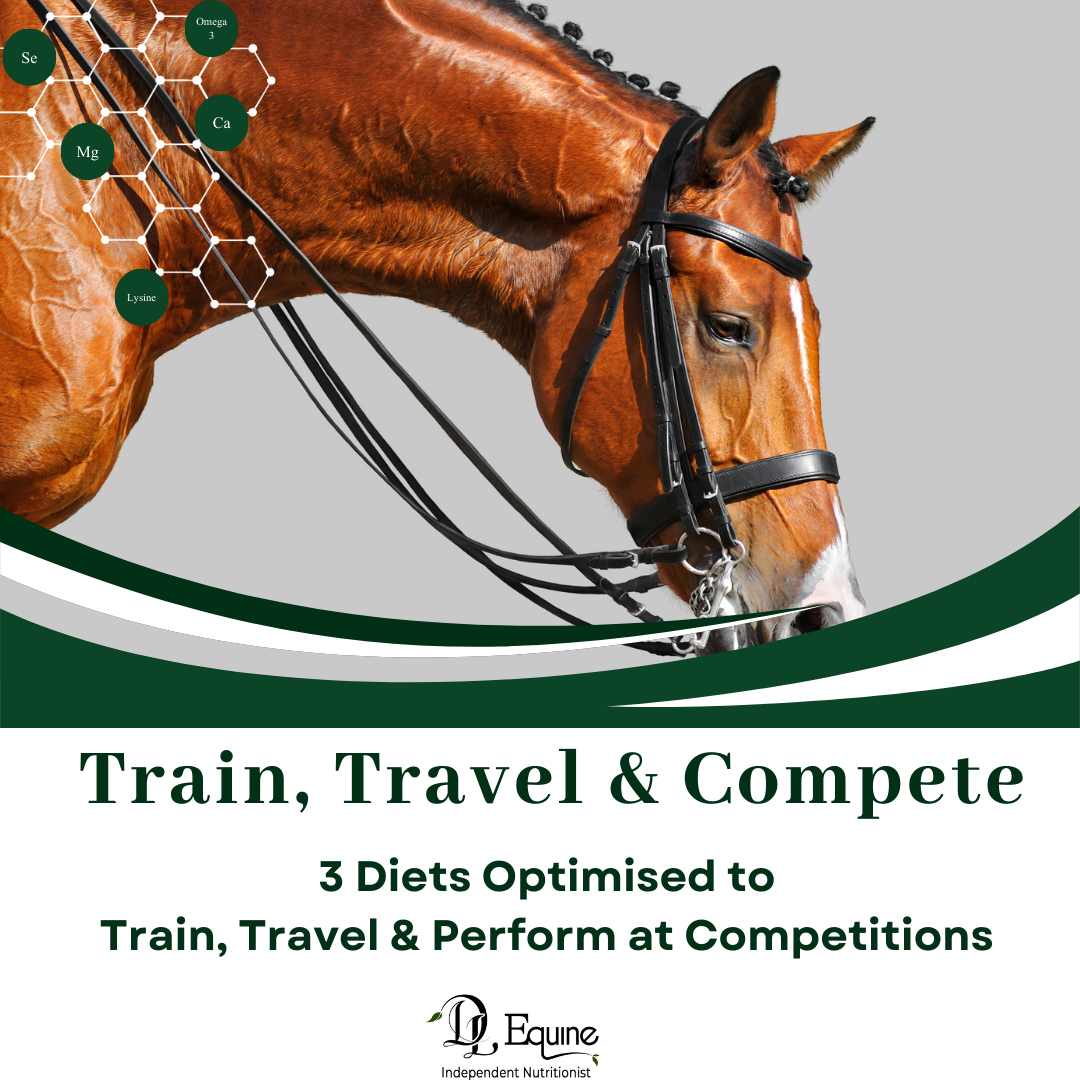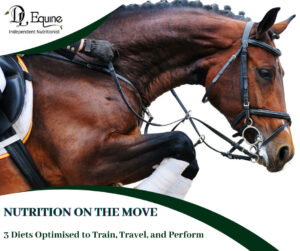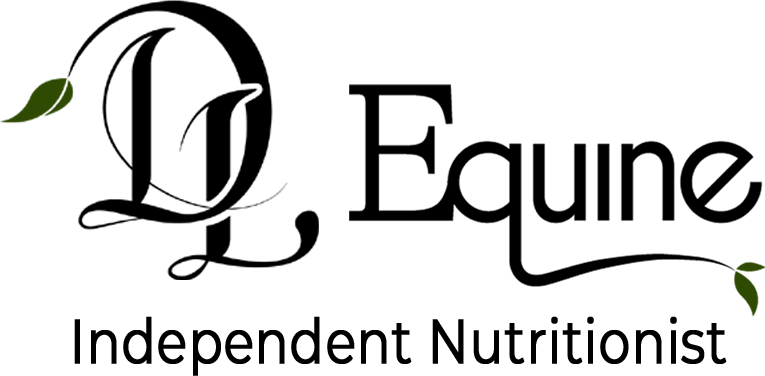May 3
Having a well-developed
topline musculature in a horse is a beautiful sight and often sought after by
many horse riders.
There are varying
discussions and opinions in the horse riding circles about how to develop this in your horse. The following are a few tips to consider: Remember it takes TIME!
Issues to consider first:
Consider why your horse may have an underdeveloped top line, is it malnutrition? Poor posture? Health issues? History? All of these?
Many horses have poor posture, Nicole Rombach, APM, MEEBW, CCBW, PG AM,
MSc, PhD, president of Equinenergy/Caninenergy Ltd and chair of the
International Equine Body Worker Association for the U.K. and Europe, tells us that ‘Like humans, horses need good posture when standing and moving to stave off back and neck pain, with their abdominal tunic (which covers the oblique muscles and supports the abdomen) working to help support the back. “If the core stability isn’t there, the back and neck take over to manage that stability, and that’s where things can become painful,” she says.
“Topline issues can develop when some horses are
ridden too young, when they’re too weak to carry the rider, because of bad
saddle fit, or back or neck problems,” she says. Lameness is another common
culprit. “Lameness and neck/back problems are fairly synonymous,” Rombach says.
“They’re not mutually exclusive.”
After a long period of rest, whether due to injury or simply not ridden for a spell muscle mass can waste. Also, it is important to consider the horses health status, for example it has been found that horses with pituitary pars intermedia dysfunction (equine Cushing’s disease) have difficulty metabolizing and using muscle-building proteins as they should.
Pain or ill-fitting saddles and bridles should always be addressed first.
After that issues of horse posture can be remedied by correct core building exercises, training using methods such as your physio can advise on, combined with the latest techniques of ‘ Core Conditioning for Horses: Yoga-Inspired Warm-Up Techniques: Increase Suppleness, Improve Bend, and Unlock Optimal Movement for horses’ by Visconte Simon Cocozza, Trainer and Examiner for the La Fédération Française d’Equitation (FFE). Visconte writes;
‘The horse’s ability to use the powerful mechanisms already built into his body relies not upon the strength we can see on the outside but the strength on the inside. This invisible and complex arrangement of internal “core” muscles control the horse’s posture, suppleness, and agility.’
Diet:
The next step in your programme should always be the diet. Get a diet individually formulated for you horse using an equine nutritionist.
In building muscle, it’s not a case of simply increasing the protein in a diet: Its all about the correct building blocks of protein.
What this actually involves is feeding the best sources of protein that contain essential amino acids that a horse cannot supply themselves. –
As horses do not actually have a requirement for crude protein as such what they require are the amino acids that make up protein.
Some amino acids are essential and must be provided in the diet as the horse’s body can’t produce them.
(Proteins are digested and broken down into the individual amino acids through the actions of hydrochloric acid in the stomach and various enzymes in the stomach and small intestine. The individual amino acids are absorbed into the bloodstream and can then be used to build different proteins for the body (e.g. structural elements such as collagen, or hormones such as insulin, or the amino acids can be broken down further and metabolized to provide energy.)
There are 10 amino acids that are considered essential for the horse: arginine, histidine, isoleucine, leucine, lysine, methionine, phenylalanine, threonine, tryptophan and valine.
A “limiting” amino acid is an essential amino acid that is often found in less than adequate amounts in feeds. All protein synthesis by the body will be limited, therefore, to the amount of that amino acid provided. Lysine is considered the first limiting amino acid, because it is required in relatively large amounts, and is not found in adequate levels in many foods.
Poor topline development; might indicate a requirement for a source of better-quality protein in the feed. In this situation a high-protein ration balancer might be a good option. An equine nutritionist can help you determine the best solution for your horse. When formulating a diet for horses to meet their protein needs, it means formulating a diet to meet their essential amino acid requirements, and to provide a source for non-essential amino acid synthesis.
Dietary Sources of Protein
When formulating a diet for horses, we need to consider both protein quantity and protein quality. In terms of protein quantity, the horse needs a certain number of grams of protein per day and, of this, a certain amount (grams) of lysine needs to be provided.
Not all protein feeds are equal! i.e. The greater the proportion of essential amino acids there are in a protein, the better the protein quality. Equine feedstuffs vary greatly in their protein content and in their amino acid profiles.
Legumes, such as Lucerne (alfalfa hay) have higher amounts of protein than grass hays. Soybean meal and other seed meals (linseed meal, cottonseed meal for example) lupins and peas are excellent sources of lysine and some other essential amino acids. Other great sources of protein include animal derived proteins such as casein (Whey Protein – dried milk protein).
Your horse needs a balanced amino acid profile in the diet, which means finding high-quality, balanced protein sources, avoid trying to improve quality on your own, however. Supplementing is an art requiring a delicate balancing act, not just piling on more of a single nutrient.
As a nutritionist I can help you find the right commercial feed for your particular horse, I take into account the horse’s work level, age, breed, personality, pasture, size, body condition, health issues, and more to create the right diet targeted for your horse’s individual needs.
The correct diet works together with the correct exercise and posture for building topline and maintaining it!
You may also like
Ready to choose a Nutrition Programme for your Horse?
$
169

vital HEALTH
Personalised Diet for
Optimised Health
$
469

4 seasons
One Year of Nutrition Programmes Optimised for Monthly Seasons Changes & Major Transitions
$
269

Train, Travel & Compete
3 Diets Optimised to
Train, Travel & Perform at Competition
$
287.30

vital HEALTH
Personalised Diet for
Optimised Health
$
797.30

4 seasons
4 Diets Optimised for Seasons Changes & Major Transitions
$
457.30

on the move
3 Diets Optimised to
Train, Travel & Perform
$
405.60

vital HEALTH
Personalised Diet for
Optimised Health
$
1125.60

4 seasons
4 Diets Optimised for Seasons Changes & Major Transitions
$
645.60

on the move
3 Diets Optimised to
Train, Travel & Perform
$
143.65

vital HEALTH
Personalised Diet for
Optimised Health
$
398.65

4 seasons
4 Diets Optimised for Seasons Changes & Major Transitions
$
228.65

on the move
3 Diets Optimised to
Train, Travel & Perform
categories
feed
well-being
(including Respiratory, Digestive (colic & gut ulcers) & Metabolic - PSSM, PPID, Insulin Resistance)
